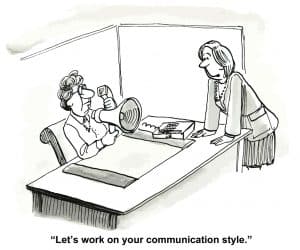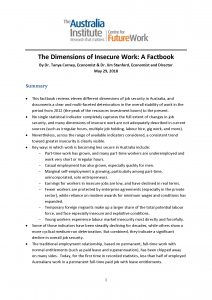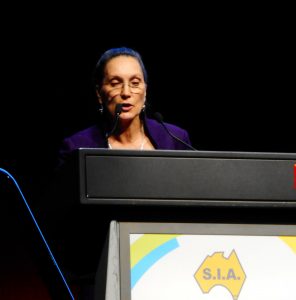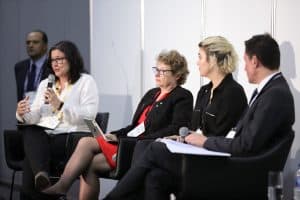 On June 20 2018, the Australian government announced a National Inquiry into Sexual Harassment in the Workplace, claiming it to be a world-first. Sexual harassment is not an occupational health and safety (OHS) hazard in many ways BUT the psychological harm it can create is. The job of an OHS person is to encourage employers to reduce work-related harm through prevention, so we need to prevent sexual harassment, just as we do for all the work activities that contribute to poor psychological health and safety.
On June 20 2018, the Australian government announced a National Inquiry into Sexual Harassment in the Workplace, claiming it to be a world-first. Sexual harassment is not an occupational health and safety (OHS) hazard in many ways BUT the psychological harm it can create is. The job of an OHS person is to encourage employers to reduce work-related harm through prevention, so we need to prevent sexual harassment, just as we do for all the work activities that contribute to poor psychological health and safety.
The macroeconomic costs of sexual harassment in the workplace may be of interest to politicians and business lobbyists but this can be a significant distraction from identifying ways to prevent psychological harm, which should be the most important legacy of this type of inquiry.
Addressing the OHS impacts of

 It is important to note that “
It is important to note that “ The Australia Institute
The Australia Institute

 Dr Rebecca Michalak
Dr Rebecca Michalak Australia’s occupational health and safety (OHS) profession was late to the process of certifying its members. The
Australia’s occupational health and safety (OHS) profession was late to the process of certifying its members. The